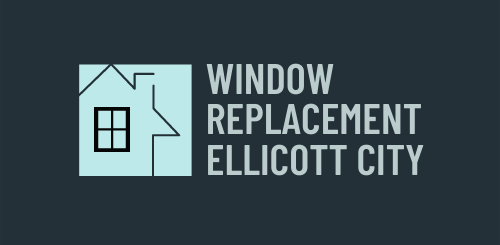A Bay window has three glass panels - a central one that's usually the largest, and two smaller ones on either side. They typically protrude extensively from a house, and are a less expensive option than a bow window. These windows can improve the appearance of a room and add resale value, and many models feature opening mechanisms. Listed below are some reasons to choose a bay window. Read on to learn more.
The cost of a new bay window varies widely. Prices depend on size, design, and the amount of labor needed to rough-cut the opening. Most window brands offer several different frame options, and the total cost depends on which one you choose. A small bay window will generally measure about 3 feet 6 inches wide by 3 feet 6 inches high, while a larger one will extend to the floor. Adding space to your living area can make all the difference in a home where space is at a premium.
Bay windows are a popular addition to Victorian-style homes. They add a unique look to any room, and can also increase the amount of natural light entering a building. They also provide a beautiful backdrop for a dining area or reading nook. The most popular shape is a rectangle, with a triangular or octagonal version. There are many different types of bay windows, and Certified Master Installers can expertly install yours.
Another type of bay window is the canted variety. This style is similar to the traditional bay window, but has angled sides. It is generally found on the first floor of a home. It provides a wide array of natural light, and is typically more expensive than its ancestor, the projection room. This style of bay window is most popular on the first floor of a house. However, if you want only a classic look, you can use three fixed picture windows and a larger middle window.
A bay window features three glass panels, angled outward from the home. While a bow window is rounded and long, a bay window offers more interior space. Its central window is typically a picture window, while the two side windows are usually smaller. These windows can be fixed or hung. When choosing a bay window, remember that there are many advantages to these windows, as they complement different areas of the home. The most common benefit of this design is its beautiful appearance and increased floor space.
A bay window can cost up to two-and-a-half times as much as a standard window. They also require more complicated support structures than a flat window, and proper insulation. Therefore, it's important to consult with an experienced bay window installer who knows how to remove the old windows and install new ones properly. They also know the specific building codes for your area. A typical bay window will increase the value of a home. The size of a bay window will depend on the room and the type of glass used.
A bay window offers a wider space than a bow window, allowing you to place indoor plants in a more prominent position. The width of a bay window is also great for indoor plants, as it gets plenty of sunlight. You might be wondering how to distinguish a bay window from a bow window. The difference isn't that big. There are many benefits to installing a bay window. It will add curb appeal, improve the view, and increase the functional living space.
A bay window is more expensive than a bow window, but it offers more design flexibility. It can be more expensive to install than a bow window, and you'll need to build more structural support to make it functional. The benefits outweigh the cost of installing it. You can get a Bay window in a variety of styles, including curved ones. A bay window can add character to your home, while a bow window can create a more dramatic effect.
If you're considering installing a bay window in your home, you should consider the cost. A vinyl bay window installation can cost anywhere from $1,150 to $3,550. In some cases, the labor costs can reach up to $500. Bay window installation can also increase the value of your home. A bay window can increase the value of your home, improve your curb appeal, and improve your home's efficiency. In addition to letting in more natural light, they also help your home to breathe better.

